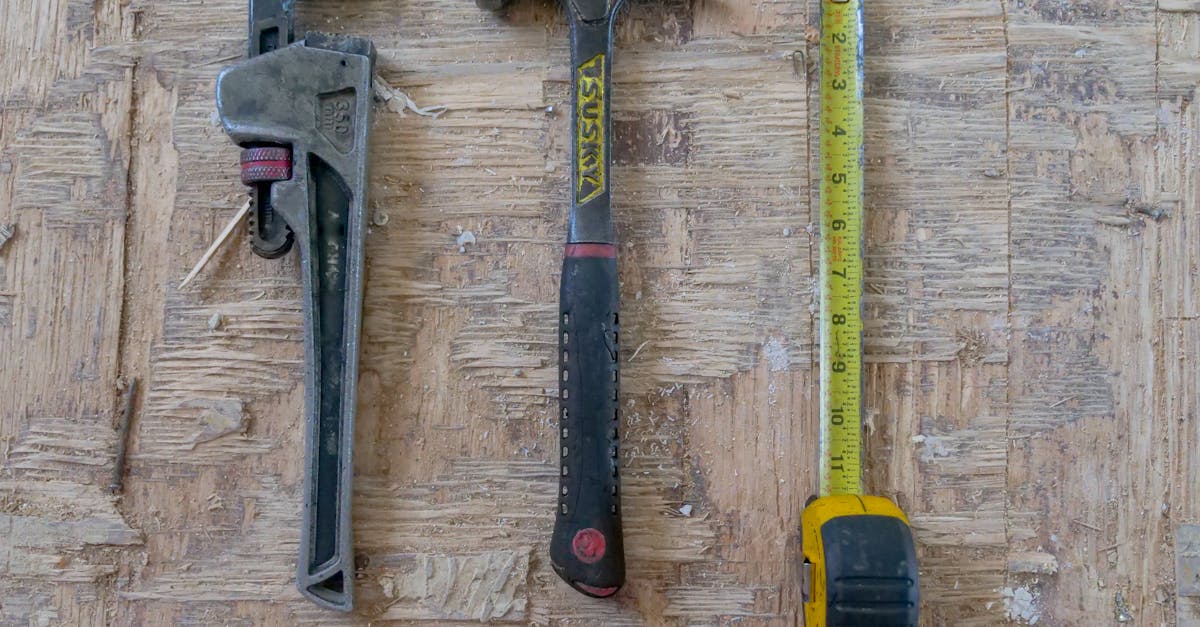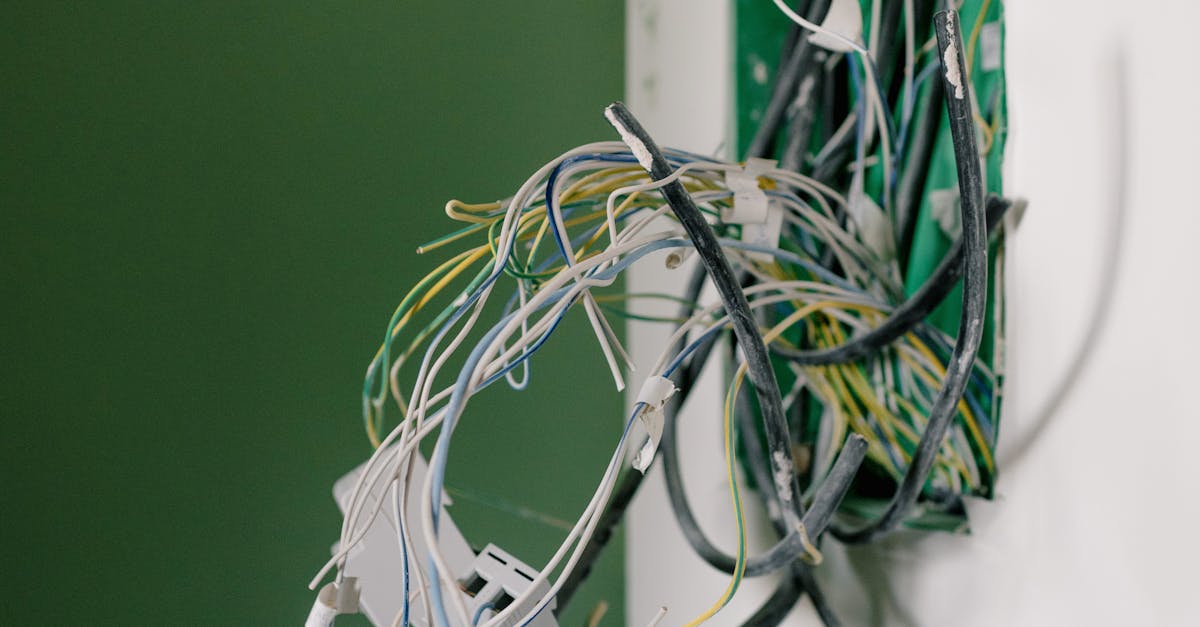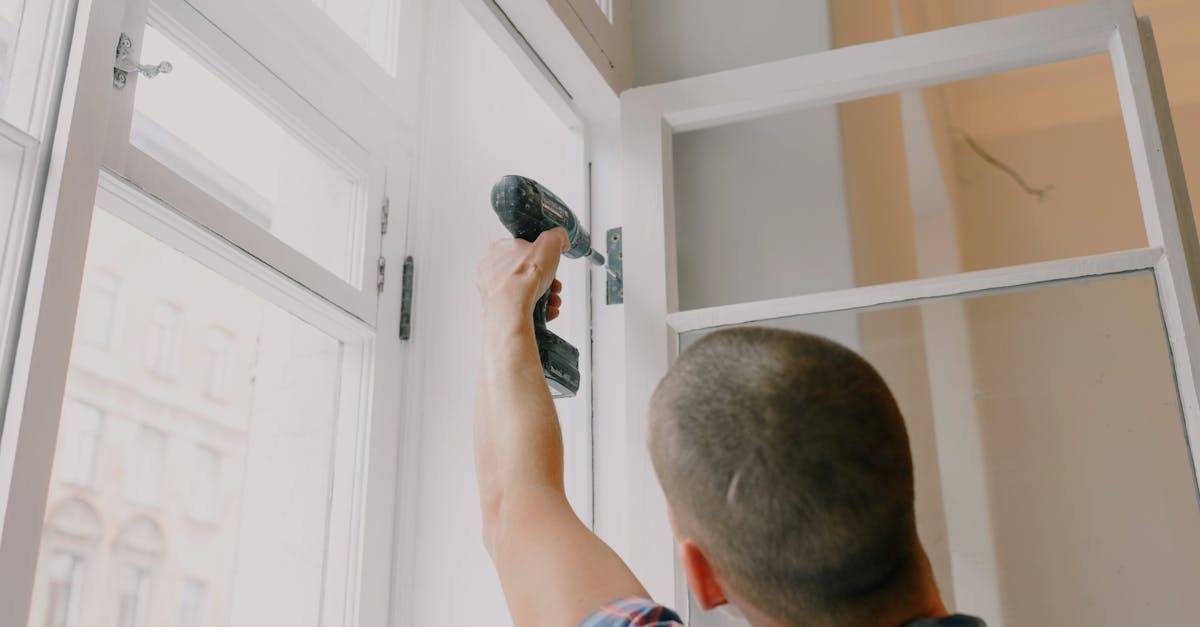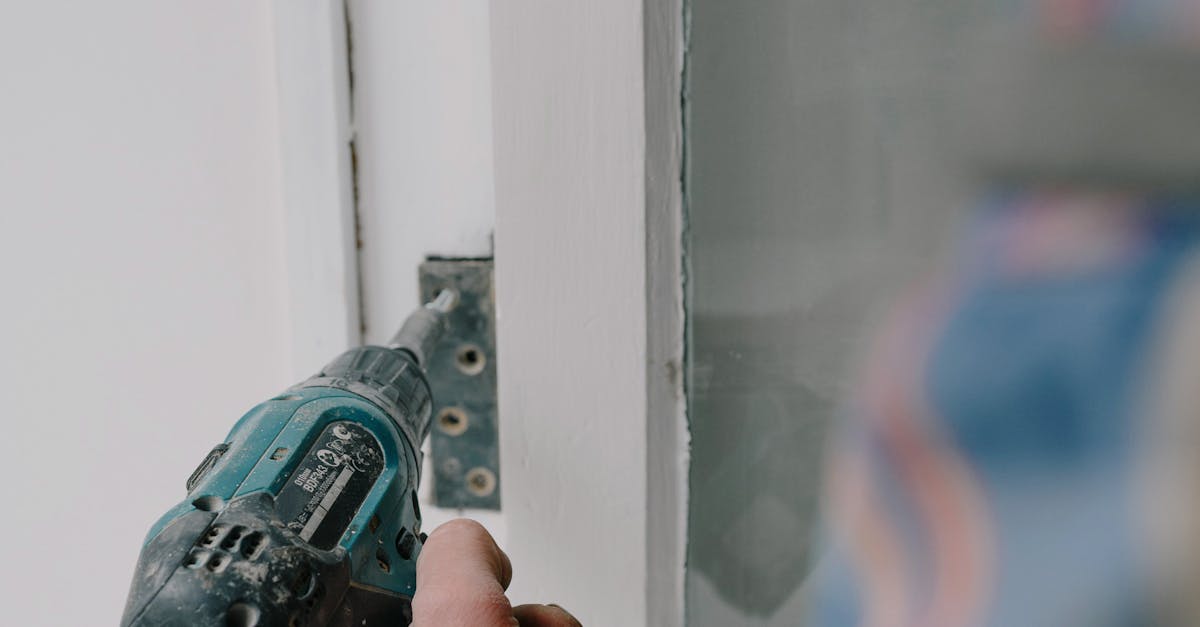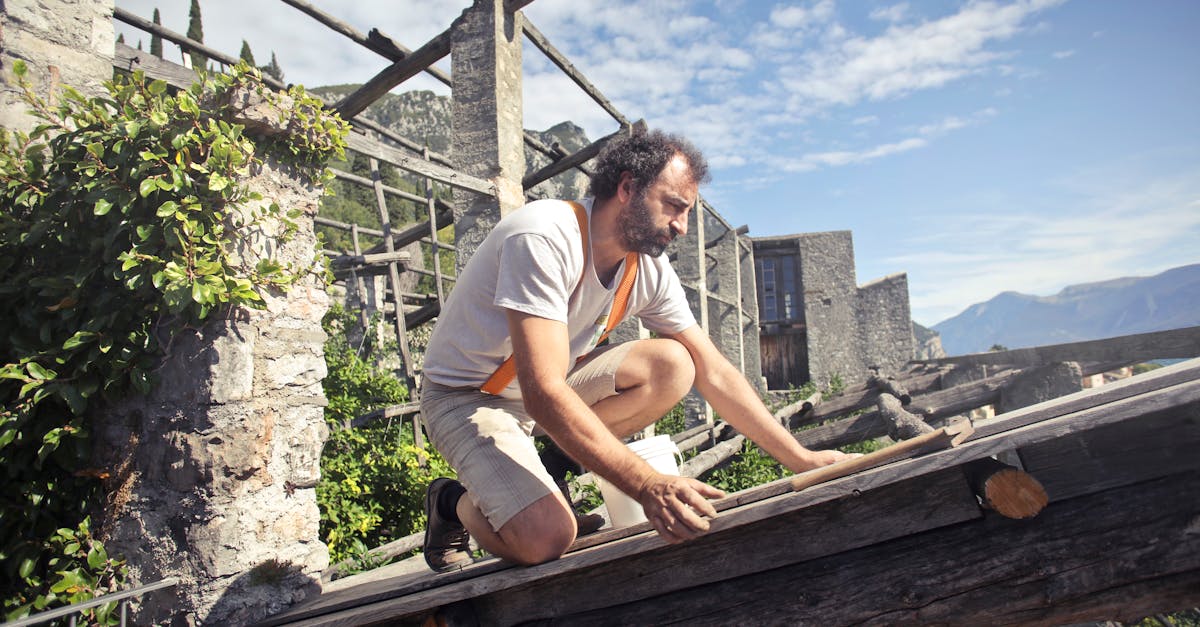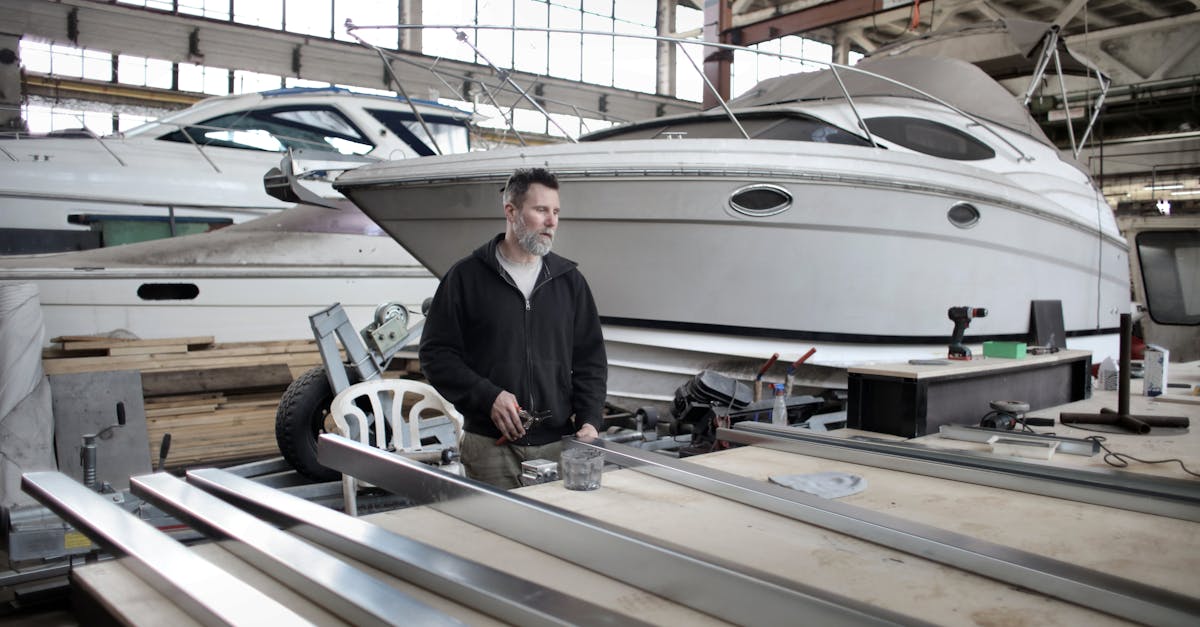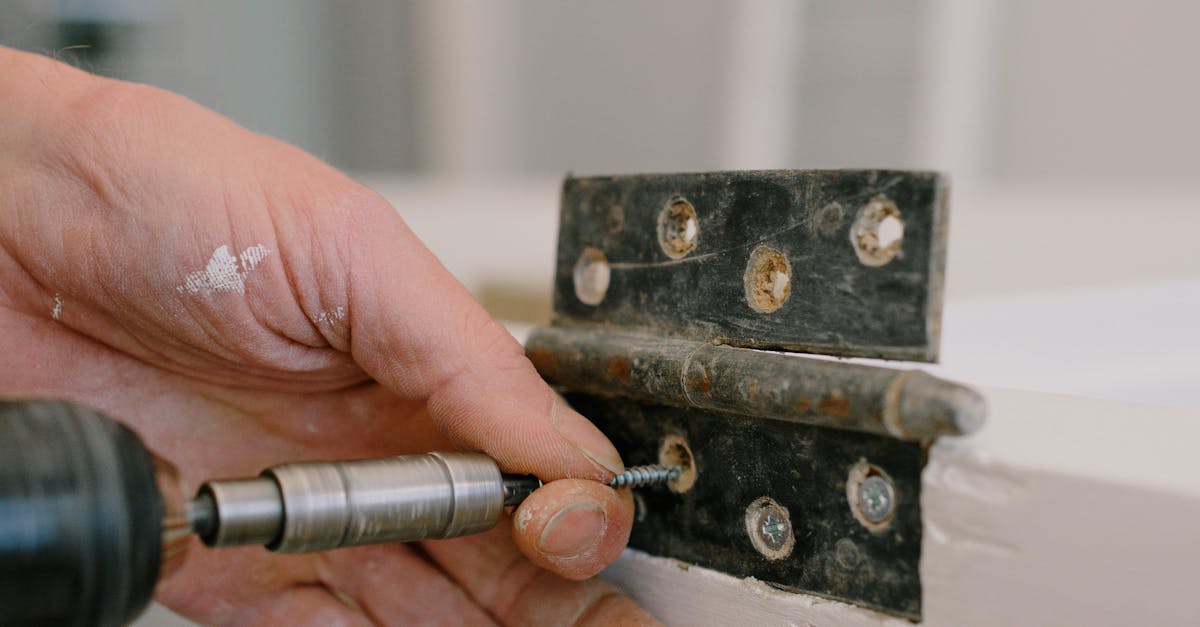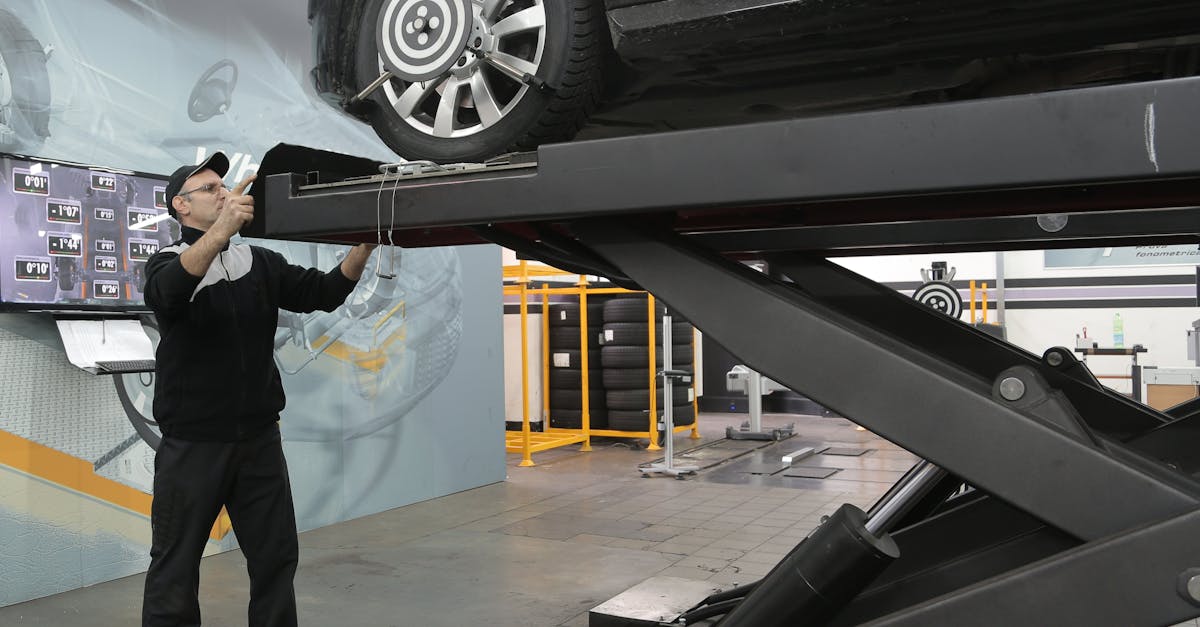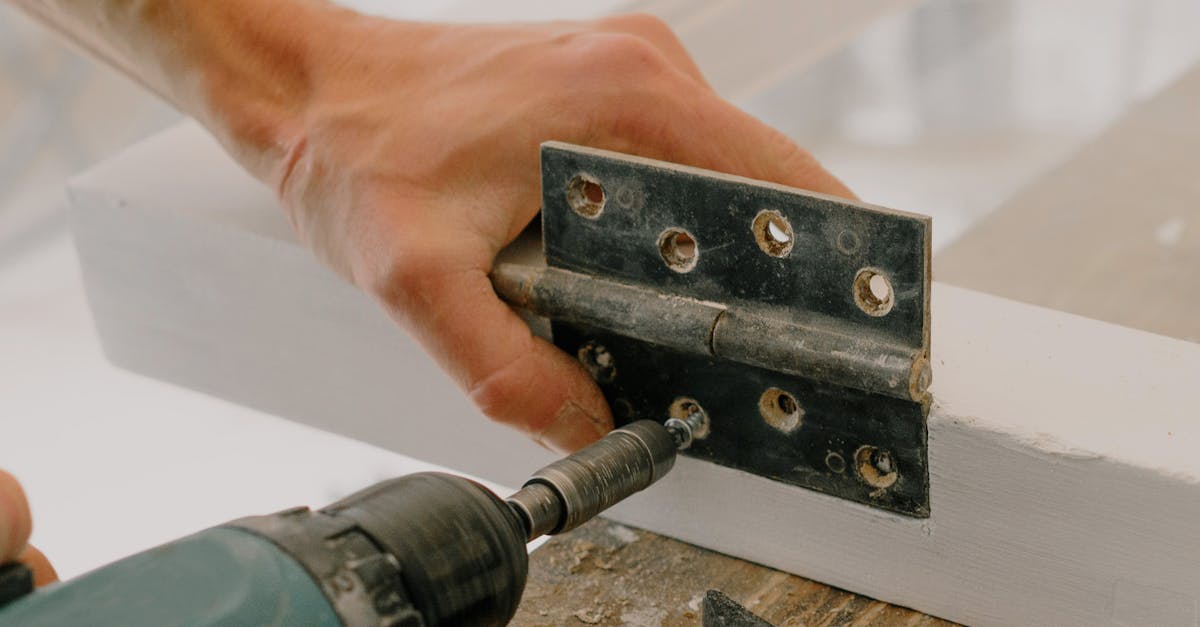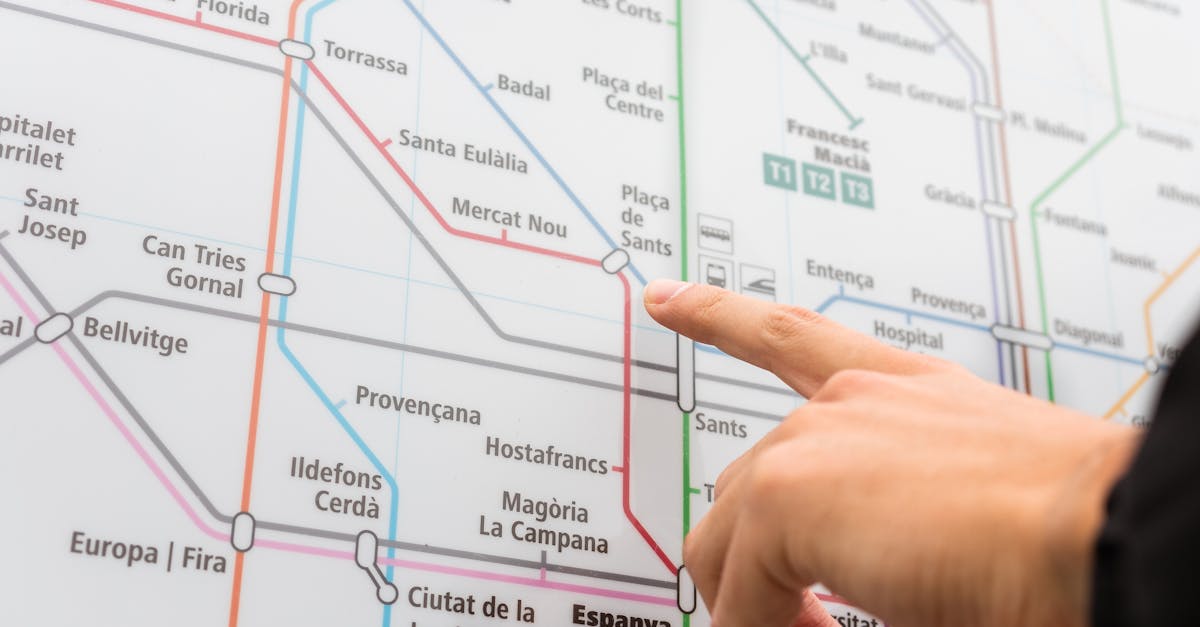
Table Of Contents
Funding Mechanisms for Sewer Line Repairs
Local governments typically rely on a mix of funding mechanisms to cover the costs associated with sewer line installation and repair. These sources can include general revenue from local taxes, specific infrastructure grants from state or federal governments, and user fees collected from residents. By diversifying funding streams, local councils aim to ensure adequate financial resources for maintaining and enhancing sewer systems. Such multi-faceted approaches also allow councils to plan for long-term infrastructure sustainability while addressing immediate repair needs.
In addition to traditional funding sources, some local governments have explored innovative financing options. Public-private partnerships can be a viable alternative, offering shared investment in sewer line projects. Moreover, community engagement in financing strategies, such as special assessment districts, encourages local involvement and accountability. This collaborative approach can lead to more effective allocation of resources while directly addressing the pressing issues surrounding sewer line installation and repair in a given locality.
Budget Allocations and Resources
Local governments allocate a significant portion of their budgets to manage essential infrastructure, including sewer line installation and repair. Funding for these projects often comes from various sources, such as state and federal grants, local taxes, and dedicated levies. Effective allocation of these funds is crucial to maintaining and upgrading aging sewer systems, which can directly impact community health and environmental standards. Ensuring adequate financial resources for these initiatives can help prevent larger issues in the future, such as costly emergency repairs and extensive damage to local ecosystems.
Balancing budget constraints with the need for infrastructure improvements presents a challenge for local councils. In many cases, competing priorities may hinder substantial investment in sewer line installation and repair. Council officials must carefully assess their communities' needs and strategic goals, often leading to difficult decisions about where to direct limited resources. By focusing on long-term planning and community engagement, councils can better navigate these complexities and ensure that sewer infrastructure is adequately funded, ultimately supporting public health and the environment.
Impact of Local Government Decisions
Local governments play a crucial role in determining the health and sustainability of their communities through their decisions regarding public infrastructure. The complexities surrounding sewer line installation and repair often reflect the priorities set by local councils. Budget allocations for these repairs are influenced by political considerations and community needs. Local audits of existing infrastructure frequently highlight deficiencies, prompting councils to either invest in repairs or defer maintenance, which can lead to more significant issues over time.
When councils opt to prioritise sewer line installation and repair, they contribute positively to public health and environmental outcomes. Well-maintained sewer systems help prevent sewage leaks, which can contaminate local waterways and pose health risks. Conversely, neglecting these responsibilities can exacerbate existing problems, leading to overflows and pollution. Decisions made at the local level can have far-reaching implications, affecting not only immediate community health but also the overall quality of life for residents.
Effects on Community Health and Environment
Proper sewer line installation and repair are critical for maintaining public health and the environment. When municipalities fail to address necessary upgrades or repairs, it can lead to untreated sewage leaks, which contaminate local water sources and can result in serious health hazards. Contaminated water can harbour pathogens, leading to diseases that disproportionately affect vulnerable populations. Additionally, communities may face significant financial burdens from increased healthcare costs associated with these health risks.
The environmental impact of poorly managed sewer lines often manifests in a decline in local ecosystems. Pollutants from sewage can disrupt the balance of aquatic life, harming fish and other wildlife. Habitat degradation occurs when waterways are compromised, leading to reduced biodiversity. Communities that depend on these natural resources for both livelihood and recreation suffer when local governments do not prioritise effective sewer line installation and repair.
Case Studies of Sewer Line Repair Responsibilities
Local councils in Australia display varying approaches to sewer line installation and repair responsibilities. In some regions, local governments take the initiative by fully funding and managing sewer line upgrades. For instance, a city in New South Wales recently undertook a comprehensive assessment of its ageing sewer infrastructure, resulting in a significant investment from the local budget. This proactive stance not only addresses immediate concerns but also aims to enhance the overall reliability of the sewer system in the long term.
Conversely, certain councils adopt a more reactive approach, responding to issues only as they arise. A case study from a Queensland council highlights how deferred maintenance on sewer lines led to significant health risks for residents. In this scenario, the lack of timely sewer line installation and repair generated public outcry and placed additional strain on already limited council resources. Such examples underscore the importance of strategic planning in maintaining and upgrading sewer systems to ensure the health and safety of communities.
Examples from Different Local Councils
Local councils across Australia exhibit diverse approaches to the responsibility of sewer line installation and repair. For example, the City of Sydney often prioritises infrastructure upgrades within its budget allocations. The council invests significant resources to ensure that sewer systems are maintained effectively, which positively impacts the surrounding urban environment. In contrast, smaller councils may face budget constraints that limit their capacity to manage sewer line issues comprehensively. These councils might rely more heavily on state government funding to address urgent repairs, thereby exhibiting differences in their overall responsibility for sewer line management.
In regional areas, a local council like the Mount Alexander Shire has developed a proactive strategy for sewer line installation and repair. This council adopts a community engagement approach, inviting residents to voice concerns regarding sewer line conditions. The feedback helps guide their budget decisions and priorities, ensuring that repairs align with community needs. Other councils may struggle to maintain responsiveness to community issues, leading to delays in sewer line repairs and overall maintenance. The varying levels of local government engagement highlight how commitment to sewer line installation and repair can differ significantly based on geographic and economic factors.
FAQS
Are local governments legally responsible for sewer line repairs?
Yes, local governments are generally responsible for the maintenance and repair of sewer lines within their jurisdiction, as they are tasked with managing public infrastructure.
How are sewer line repairs funded by local governments?
Local governments typically fund sewer line repairs through budget allocations, government grants, and user fees collected from residents for sewage services.
What impact do sewer line repairs have on community health?
Proper sewer line repairs help prevent sewage leaks and overflows, which can significantly improve community health by reducing the risk of waterborne diseases and environmental contamination.
Are there examples of local councils that have faced challenges with sewer line repairs?
Yes, various local councils have encountered difficulties with funding, aging infrastructure, and community engagement when addressing sewer line repairs, which can impact their effectiveness.
How can residents influence local government decisions regarding sewer line repairs?
Residents can engage with local councils through public meetings, community forums, and feedback mechanisms to voice their concerns and influence decisions related to sewer line maintenance and funding.
